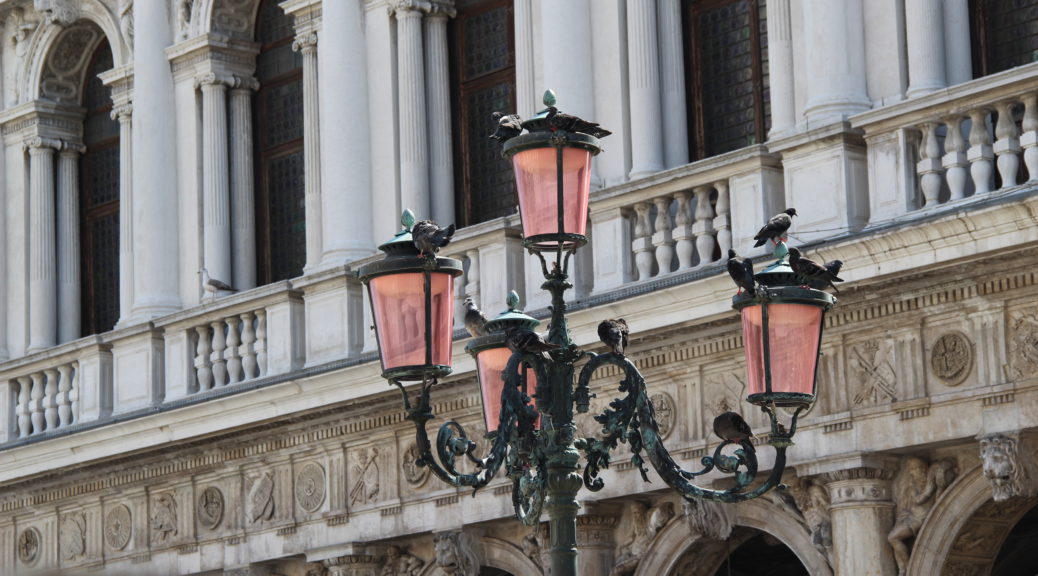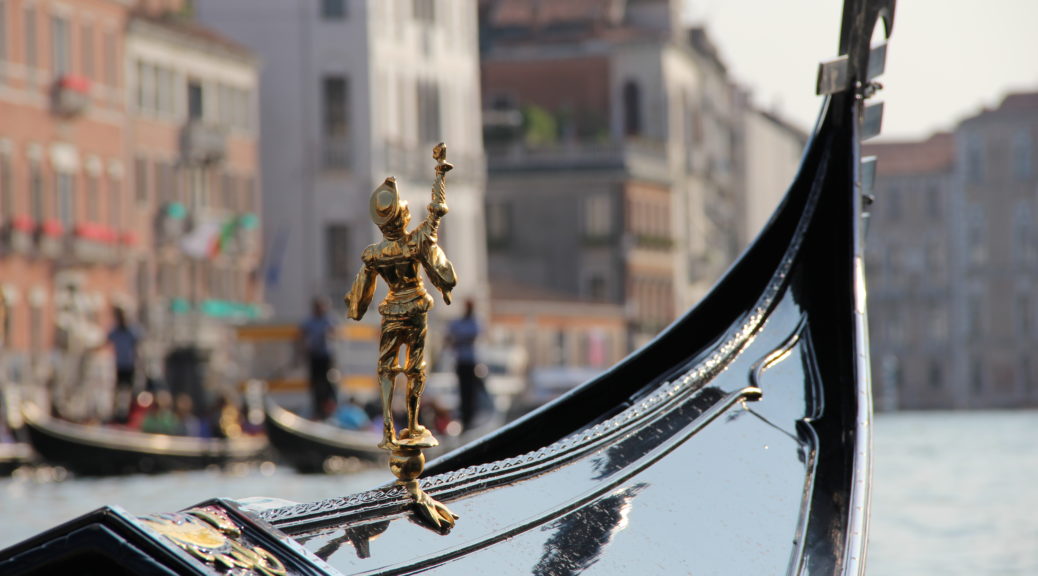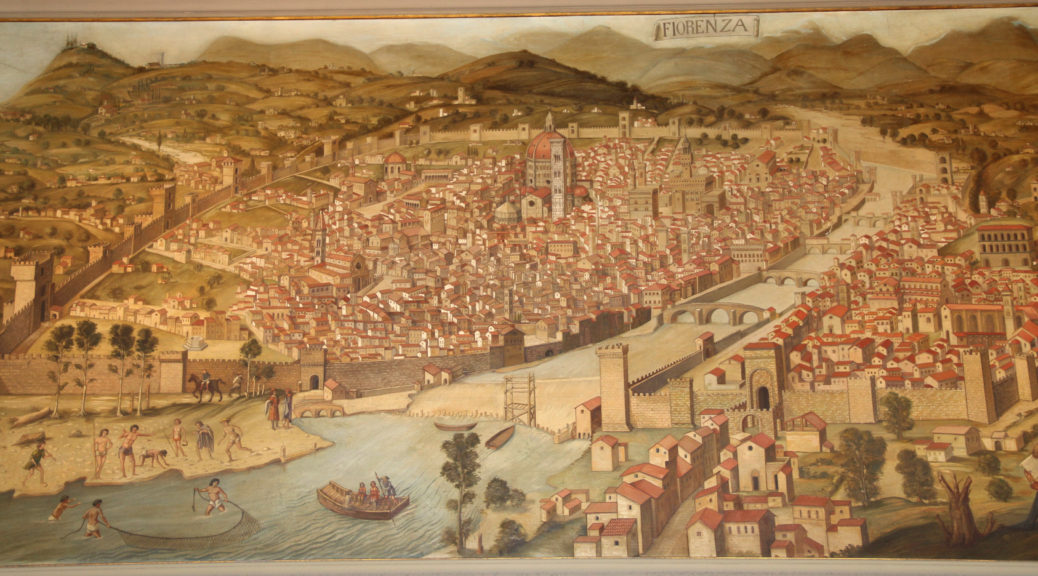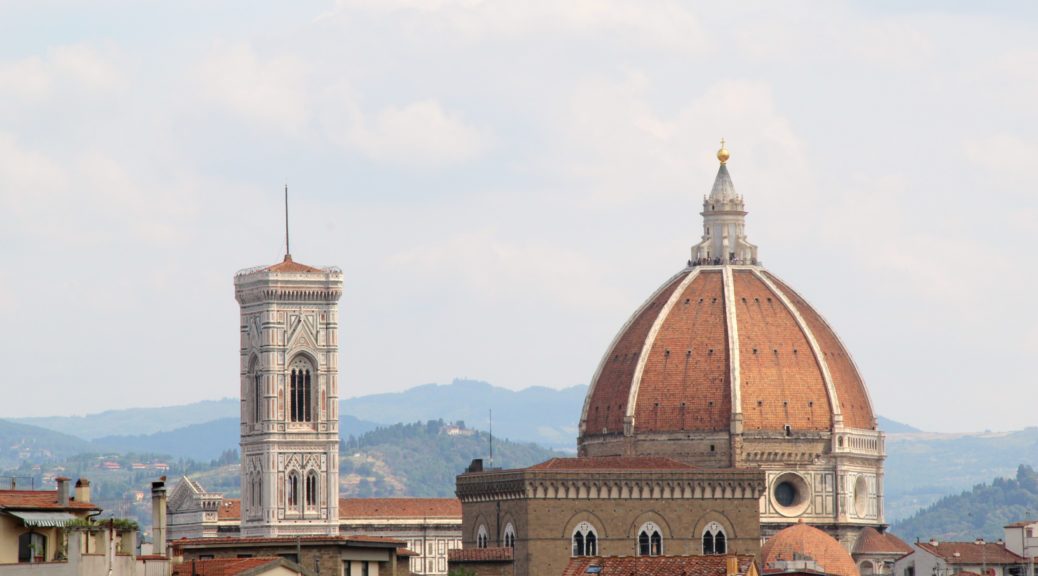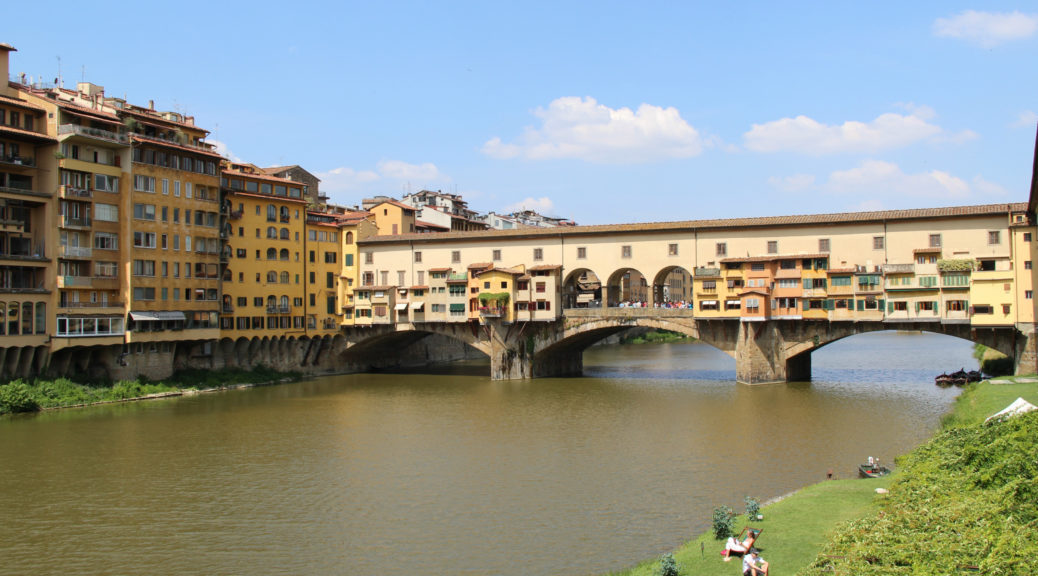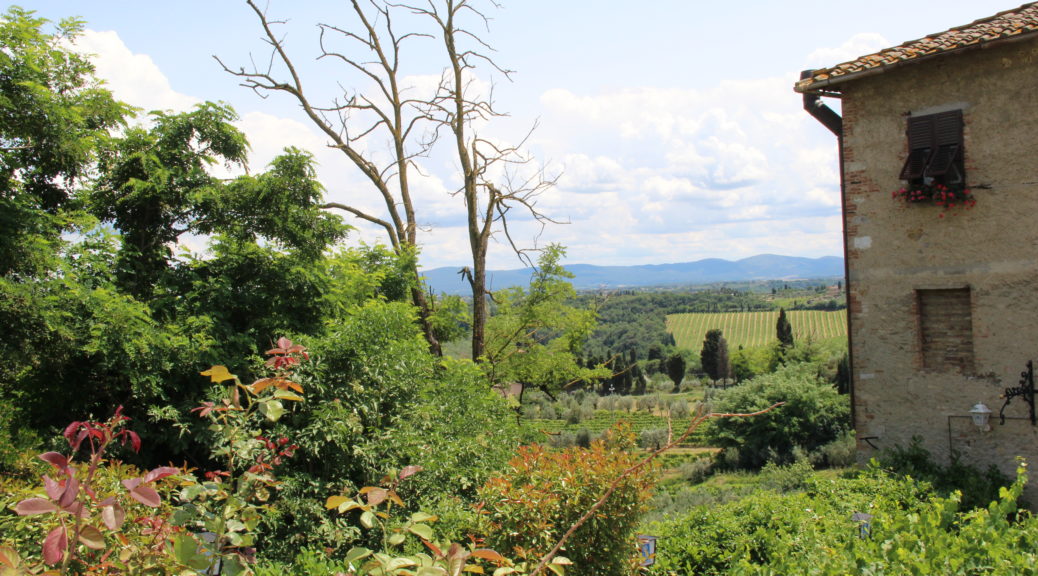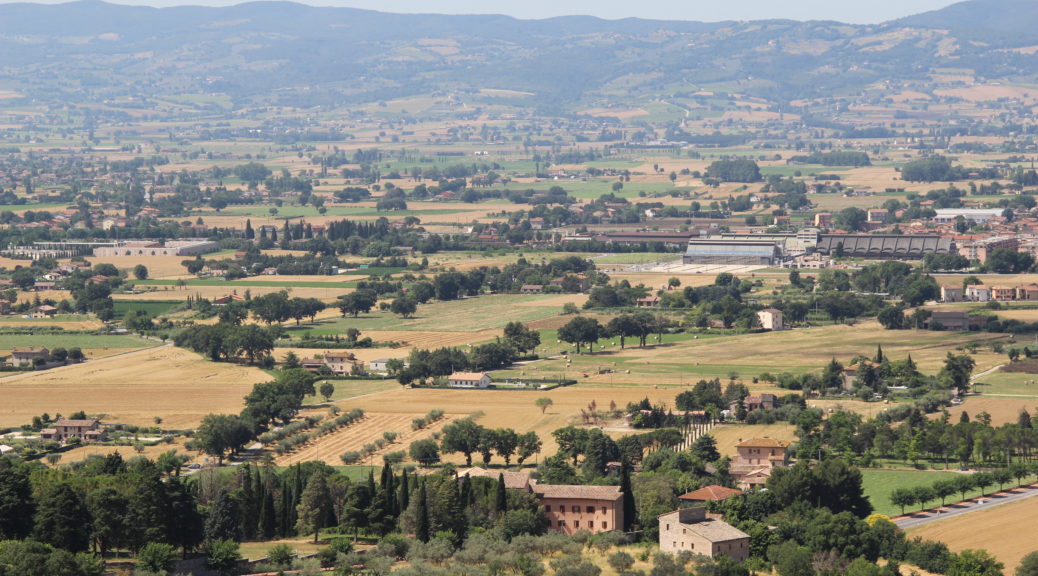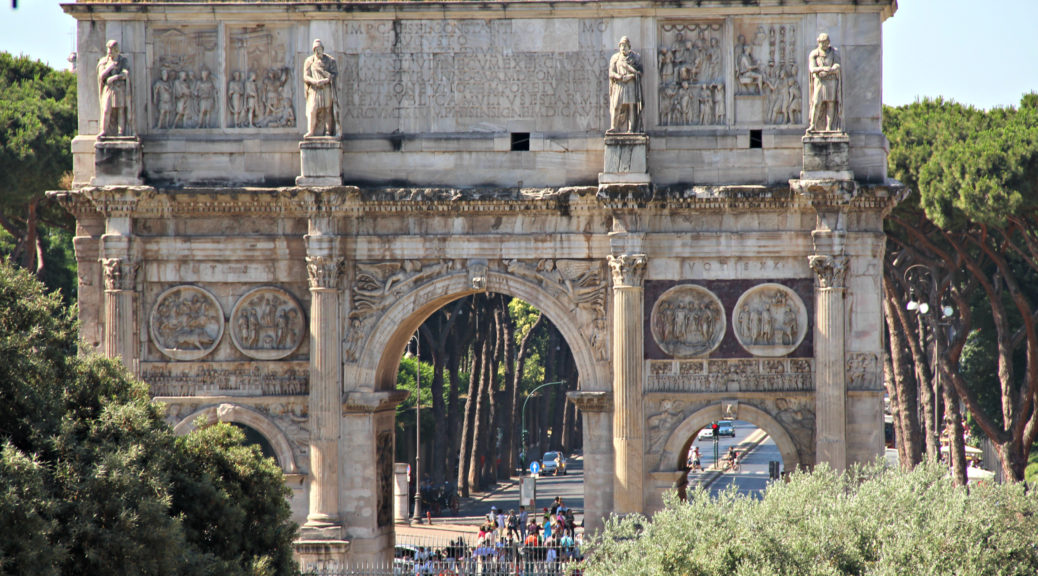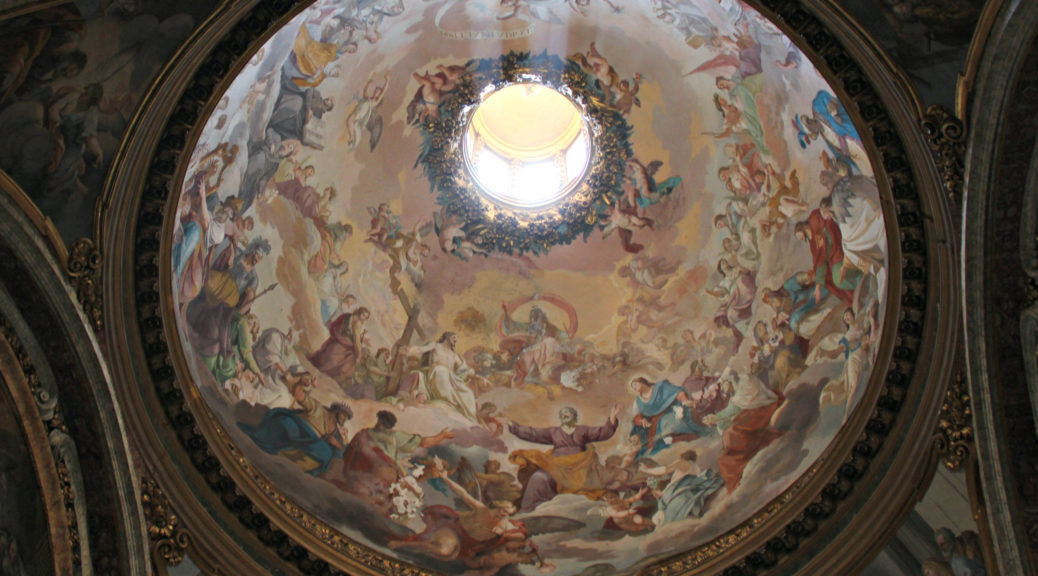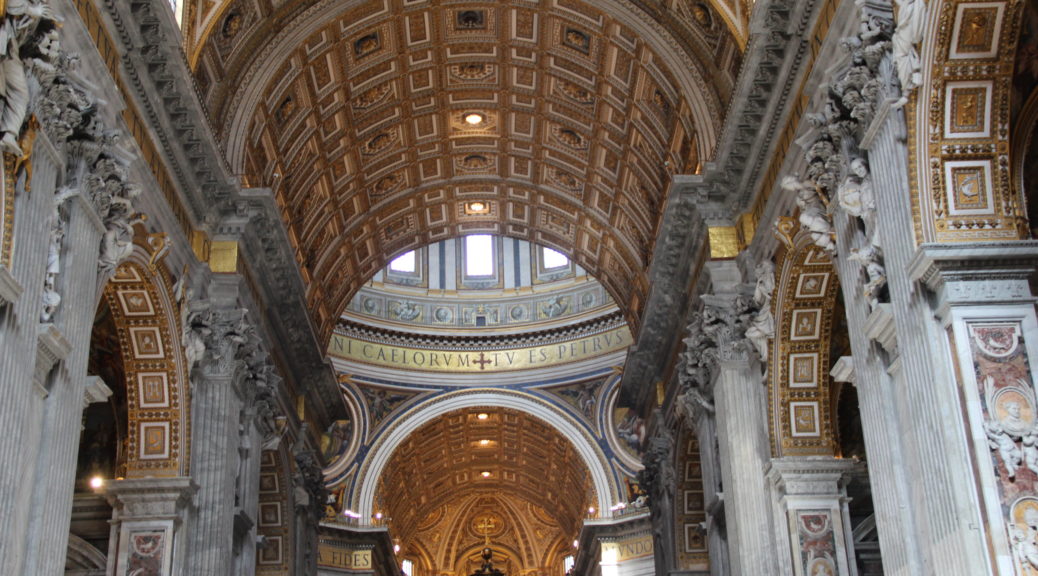Venice (Part Two)
This blog will focus on the Piazza San Marco (St. Mark’s Square), St. Mark’s Basillica, and Doge’s Palace. The first picture below is one I purchased and depicts St. Mark’s Square from above. St. Mark’s Basillica is toward the back and the large tower on the right is St. Mark’s Campanile. On the left is Procuratie Nuove (second picture). The Procuratie Nuove was originally built to serve as office space but now houses museums. It construction began in 1586. The…
